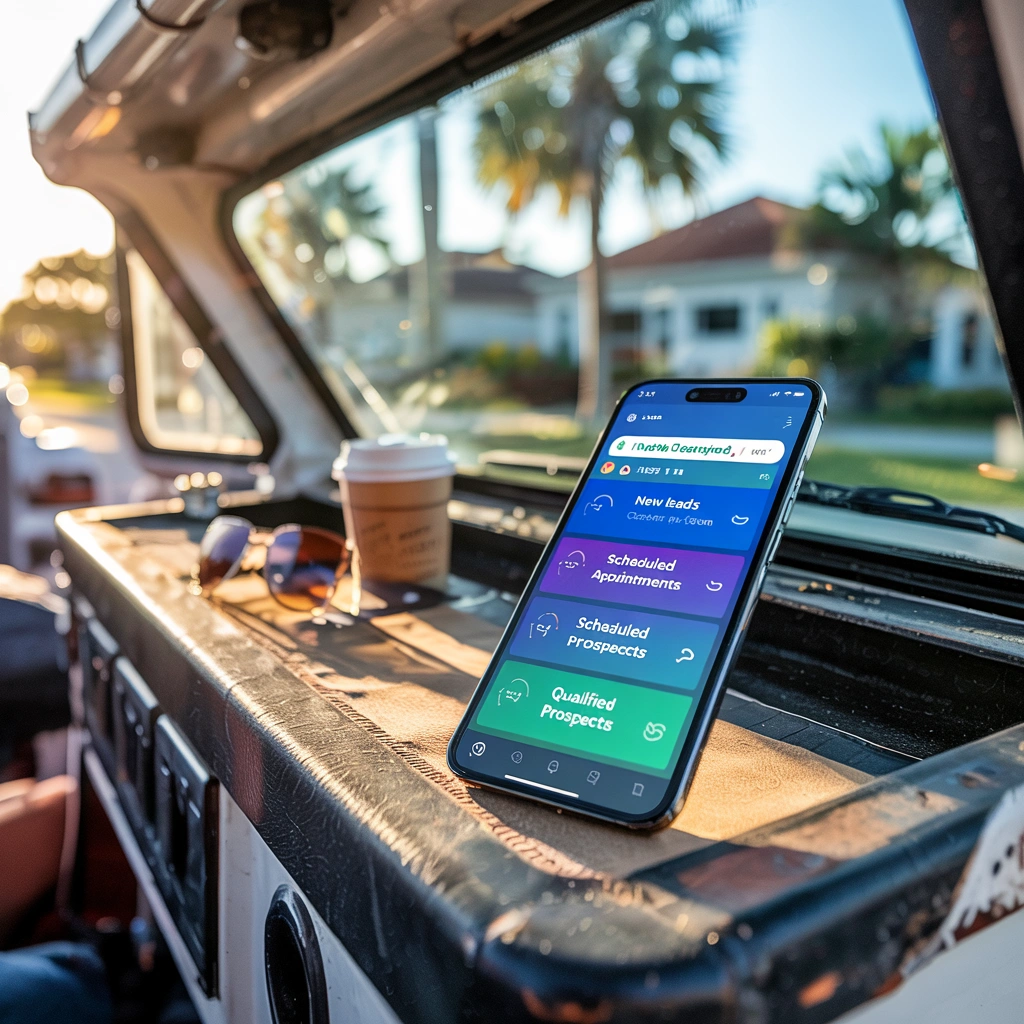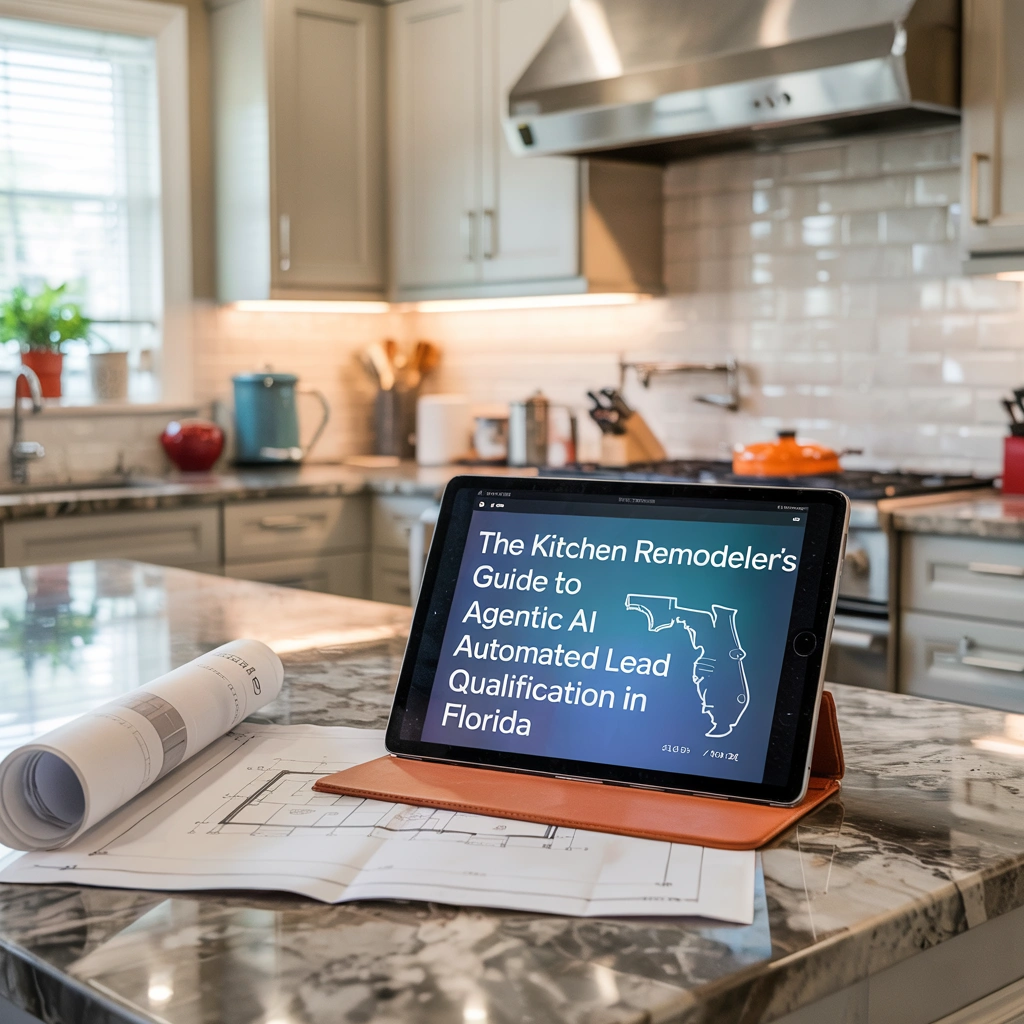
Summary: Las Vegas homeowners have just months left to capture a massive 30% federal tax credit worth up to $5,102 before it expires forever on December 31, 2025—but there’s a crucial timing factor most don’t realize.
-
Key Takeaways
- The 30% federal tax credit expires December 31, 2025, potentially saving Las Vegas homeowners $3,263 to $5,102 on typical solar systems
- Four main financing options exist: cash purchase, solar loans, leases, and PPAs—each offering different benefits and long-term savings
- Zero-down solar programs are available with monthly payments often lower than current electricity bills
- NV Energy’s net metering offers 75% retail credit rates locked for 20 years for existing customers, though changes may be coming
- Solar installation typically takes 2-6 months, making immediate action necessary to capture 2025 incentives
30% Federal Tax Credit May Expire December 31, 2025 — Las Vegas Homeowners Can Cut Energy Bills Starting Day One
Las Vegas homeowners face a time-sensitive decision window. The 30% federal Investment Tax Credit (ITC) expires after December 31, 2025, with no extension planned. This represents the largest single incentive available for residential solar installations, potentially saving thousands of dollars that will disappear forever in just months.
For a typical 5kW system costing $10,875 before incentives, the federal tax credit provides $3,263 in savings. Larger 6kW systems at $15,000-$17,000 before incentives can generate federal savings of $4,500-$5,100. These substantial reductions make 2025 the optimal year for solar investment.
Beyond federal incentives, Las Vegas homeowners benefit from abundant sunshine year-round, making solar production highly reliable and predictable. The combination of excellent solar conditions, multiple financing options, and time-limited incentives creates an unprecedented opportunity for energy cost reduction. M&J Trusted Marketing provides detailed analysis of all available solar incentives and financing options to help Las Vegas residents maximize their investment returns.
4 Solar Financing Options: Cash, Loans, Leases & PPAs
Las Vegas homeowners have four primary paths to solar ownership, each with distinct advantages and considerations. Understanding these options helps determine the best financial strategy based on individual circumstances, available capital, and long-term homeownership plans.
1. Cash Purchase: Maximum Savings & Full Ownership
Cash purchases deliver the highest lifetime returns for Las Vegas homeowners. After the 30% federal tax credit, a $15,000 system costs $10,500 upfront. With no interest payments or loan fees, cash buyers own their system immediately and qualify for all available incentives. The payback period typically ranges from 6-8 years, after which the system generates pure savings. Property values increase most with owned systems, and homeowners maintain complete control over system modifications, upgrades, and maintenance decisions.
2. Solar Loans: Zero Down Payment with Tax Credit Benefits
Solar loans represent the most popular financing method, used by approximately 85% of residential installations nationwide. Zero-down options with fixed monthly payments typically cost less than current electric bills, creating immediate positive cash flow. Interest rates range from 3% to 8% depending on credit scores, with terms from 10-25 years available.
Loan payments remain consistent while utility rates continue rising over time. Homeowners own the system and qualify for the full 30% federal tax credit, which can be used to pay down loan principal or kept as cash back. Monthly payments around $135 for a typical system often run below current electricity costs, providing savings from day one.
3. Solar Leases: Fixed Monthly Payments with No Maintenance
Solar leases swap upfront system costs for predictable monthly payments over 20-25 years. Lease payments typically start 10-30% below current electricity costs, providing immediate savings without ownership responsibilities. The solar company owns, monitors, and maintains the system while homeowners receive all electricity produced.
Most leases include annual payment increases of 1-3% to account for inflation, though payments may remain below utility rate increases. However, homeowners cannot claim tax credits since they don’t own the system, and total lifetime savings are lower compared to ownership options.
4. Power Purchase Agreements (PPAs): Pay Only for Energy Produced
PPAs differ from leases because homeowners pay for actual electricity production rather than fixed monthly amounts. PPA rates typically run 10-30% below utility rates with no upfront costs. Summer bills are higher due to increased production while winter bills are lower, creating variable monthly payments based on weather and seasonal production changes.
Like leases, PPA agreements include annual price increases of around 3% per year, but rates may remain below utility electricity prices throughout the contract term. Homeowners don’t own the system and cannot claim tax credits, but they have no maintenance responsibilities.
Federal Tax Credit: $3,263 to $5,102 Savings on Typical Las Vegas Systems
The federal Investment Tax Credit provides 30% of total system costs as a direct credit against federal tax liability. For Las Vegas homeowners, this translates to substantial savings: $3,263 on a typical 5kW system costing $10,875, or $5,102 on a 6kW system costing $17,000 before incentives.
How to Claim Your 30% Credit Before Potential 2026 Changes
Systems must be installed and operational by December 31, 2025, to qualify for the full 30% credit. Installation timelines typically take 2-6 months from contract signing, making immediate action necessary. Starting January 1, 2026, the residential solar tax credit disappears completely, making 2025 the final opportunity for maximum federal savings.
The credit applies to homeowners with sufficient tax liability who own their systems through cash purchase or loans. Homeowners who lease systems or use PPAs cannot claim the credit because they don’t own the equipment. Unused credit portions can carry forward to future tax years without expiration.
System Size Calculator and Qualifying Documentation
Total eligible costs include equipment, labor, permits, and installation fees. Homeowners calculate 30% of total costs and apply the credit against federal tax liability using IRS Form 5695. Most tax preparation software handles calculations automatically when provided with system cost documentation, though professional tax preparers familiar with solar credits can ensure maximum benefit capture.
NV Energy Net Metering Under Review: Current 20-Year Rate Protection
NV Energy serves 2.4 million electric customers throughout Nevada and offers a modified net metering program for solar installations. The current Tier 4 program provides significant benefits but faces potential changes that could affect future solar adopters.
75% Retail Credit Rate Locked for Existing Customers
New solar installations receive credits at 75% of the retail electricity rate through monthly netting for excess energy sent back to the grid. This rate stays locked for 20 years at the original installation location, providing long-term predictability for solar investment returns. Monthly credit accumulation allows excess daytime production to offset evening and nighttime usage throughout entire billing cycles.
Credits apply to energy charges but not fixed service fees. The 20-year rate guarantee protects existing customers from future policy changes, making current installations valuable long-term investments regardless of potential program modifications.
Proposed 15-Minute Billing Changes for New Customers
NV Energy has proposed changing from monthly to 15-minute netting intervals, which could reduce solar savings by requiring more immediate consumption of produced electricity. The Public Utilities Commission hasn’t approved these changes yet, and existing customers would remain protected under current rules.
If implemented, 15-minute netting would favor homeowners with battery storage systems who can store excess daytime production for later use. However, the grandfathering provisions protect current solar owners from these potential policy changes for their full 20-year terms.
Las Vegas System Costs: $9,244 to $17,000 Range Before Incentives
Solar panel system costs in Las Vegas vary significantly based on size, equipment quality, and installation complexity. A typical 5kW system costs approximately $10,875 before incentives, while larger 6kW systems better matching average household usage range from $15,000 to $17,000.
20-Year Financial Comparison: Cash vs Loans vs Leases
Cash purchases provide the highest lifetime returns. A $15,000 system costs $10,500 after the 30% federal tax credit, with total savings exceeding $45,000 over 20 years. The system pays for itself in 6-8 years, then generates pure profit.
Solar loans with zero down payments and monthly costs around $135 result in total payments of approximately $32,400 over 20 years. Net savings still exceed $27,000, and tax credits can reduce principal or provide cash back. Loan payments remain consistent while utility rates continue rising.
Solar leases starting around $120 monthly with 2% annual increases total approximately $28,800 over 20 years. Net savings reach about $21,200 with no ownership benefits or tax credits, but also no maintenance responsibilities.
Break-Even Analysis by System Size and Financing Method
Payback periods vary dramatically by financing method and system size. Cash purchases break even fastest at 6-8 years, while solar loans extend payback to 8-10 years but still provide excellent returns. Leases and PPAs never technically break even since homeowners never own the systems, but they provide immediate monthly savings.
Larger systems generally provide better per-watt pricing and faster payback periods. For homeowners planning to stay 10+ years, ownership through cash or loans delivers superior financial results compared to leases or PPAs.
Zero Down Solar Programs Available in Las Vegas
Multiple Las Vegas companies offer zero-down solar financing, making solar accessible without large upfront investments. These programs combine various financing methods to minimize initial costs while maximizing long-term benefits.
Credit Requirements and Qualification Guidelines
Credit score requirements vary by program type. Excellent credit scores above 700 qualify for the best loan rates and terms. Scores between 650-699 still access competitive rates, while scores below 650 may find leases or PPAs more accessible than traditional loans.
Sol-Up offers rates as low as 1.99% with 25-year terms and $0 down options for qualified applicants. Vegas Solar LLC works with multiple financial partners to provide customized loans, leases, and PPAs tailored to specific credit situations and savings objectives.
Local Companies Offering $0 Down Financing Options
Several established Las Vegas solar companies provide zero-down programs. Robco Electric has served Southern Nevada since 1997, focusing on education and financing solutions. Solaire offers price match guarantees while working with nationwide contractor networks to ensure competitive pricing.
Local companies often provide better customer service and understanding of Nevada-specific incentives and regulations. They can handle NV Energy interconnection requirements and help homeowners maximize available rebates and credits.
Start Your Solar Journey: 2-6 Month Process Requires Early Planning for 2025 Incentives
Solar installation timelines make immediate action necessary for capturing 2025 federal tax credits. The complete process from initial consultation to system activation typically takes 2-6 months, depending on system complexity, permit processing, and utility interconnection schedules.
The first phase involves system design and financing approval, usually completed within 2-3 weeks. Permit applications and utility interconnection requests run parallel to equipment ordering, adding 4-8 weeks for approvals. Installation itself takes 1-3 days for residential systems, followed by inspections and final utility activation.
Homeowners should begin consultations immediately to ensure completion before December 31, 2025. Equipment availability and installer schedules may become constrained as the federal tax credit expiration approaches, potentially extending timelines for late starters.
Documentation requirements vary by financing type but typically include recent utility bills, tax returns, income verification, and credit reports. Starting the paperwork early prevents delays during peak installation seasons and ensures smooth project progression from contract to activation.
For detailed guidance on maximizing solar financing options and incentive capture before the federal tax credit expires, Solar installation companies provides expert consultation and detailed analysis to help Las Vegas homeowners handle every available program and secure optimal financing terms.
Frequently Asked Questions
How Solar Installation Companies Can Leverage This Content
This informative article, “The Ultimate Guide to Solar Financing & Incentives for Las Vegas Homeowners” can be adapted and repurposed across multiple marketing formats to help increase website traffic for kitchen remodeling services, build trust with potential clients, and differentiate their services in a competitive market. We help with Engage and Convert: Build Trust With Every Piece of Marketing Content by transforming technical content into powerful marketing campaigns across all digital channels, ensuring maximum reach and engagement with potential customers.





